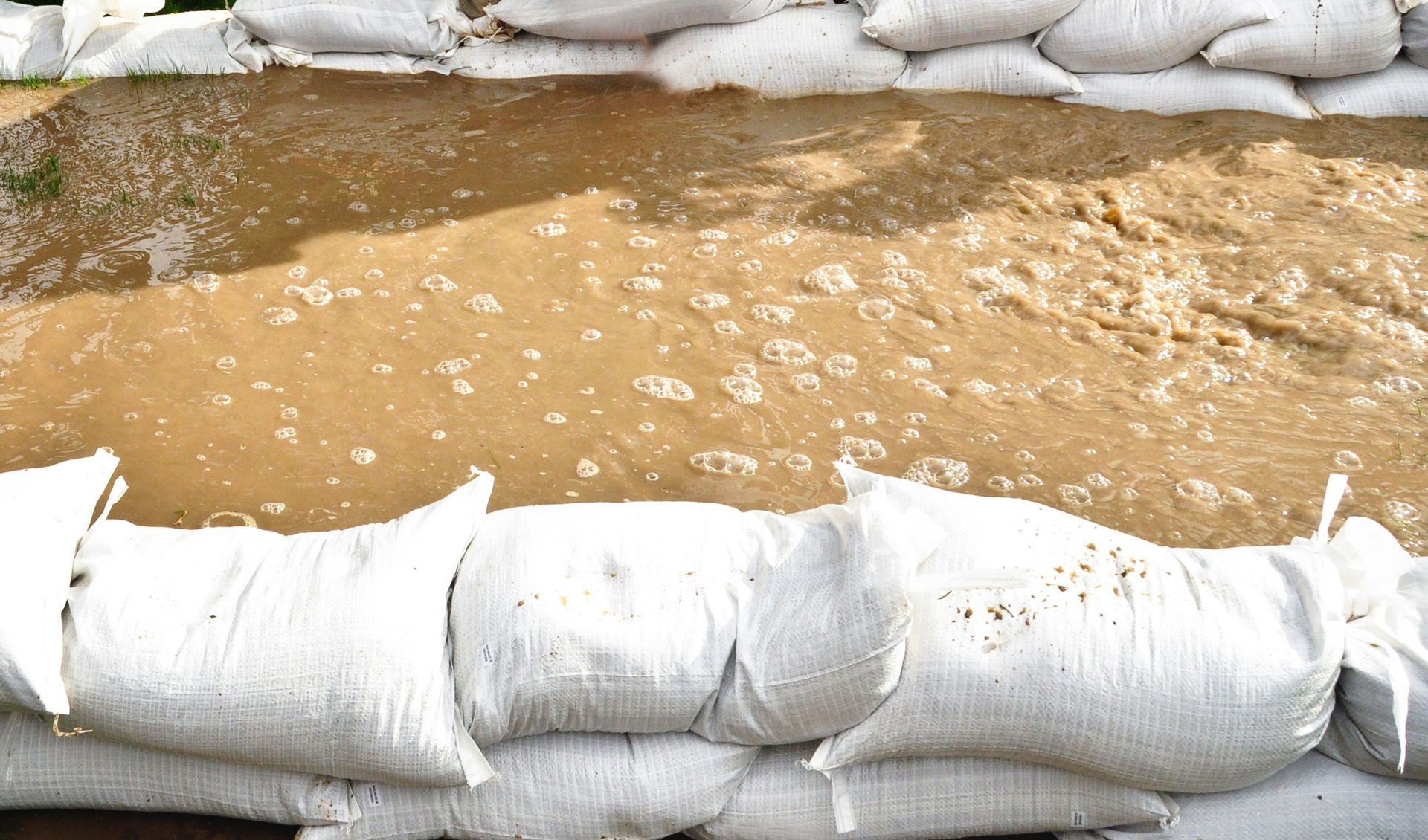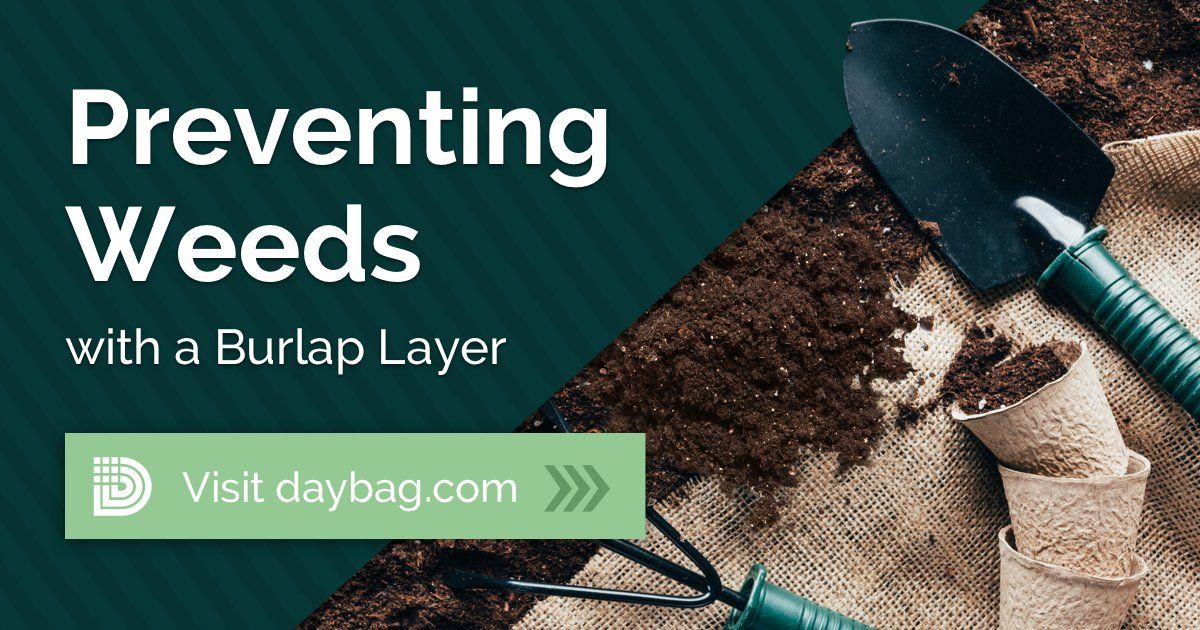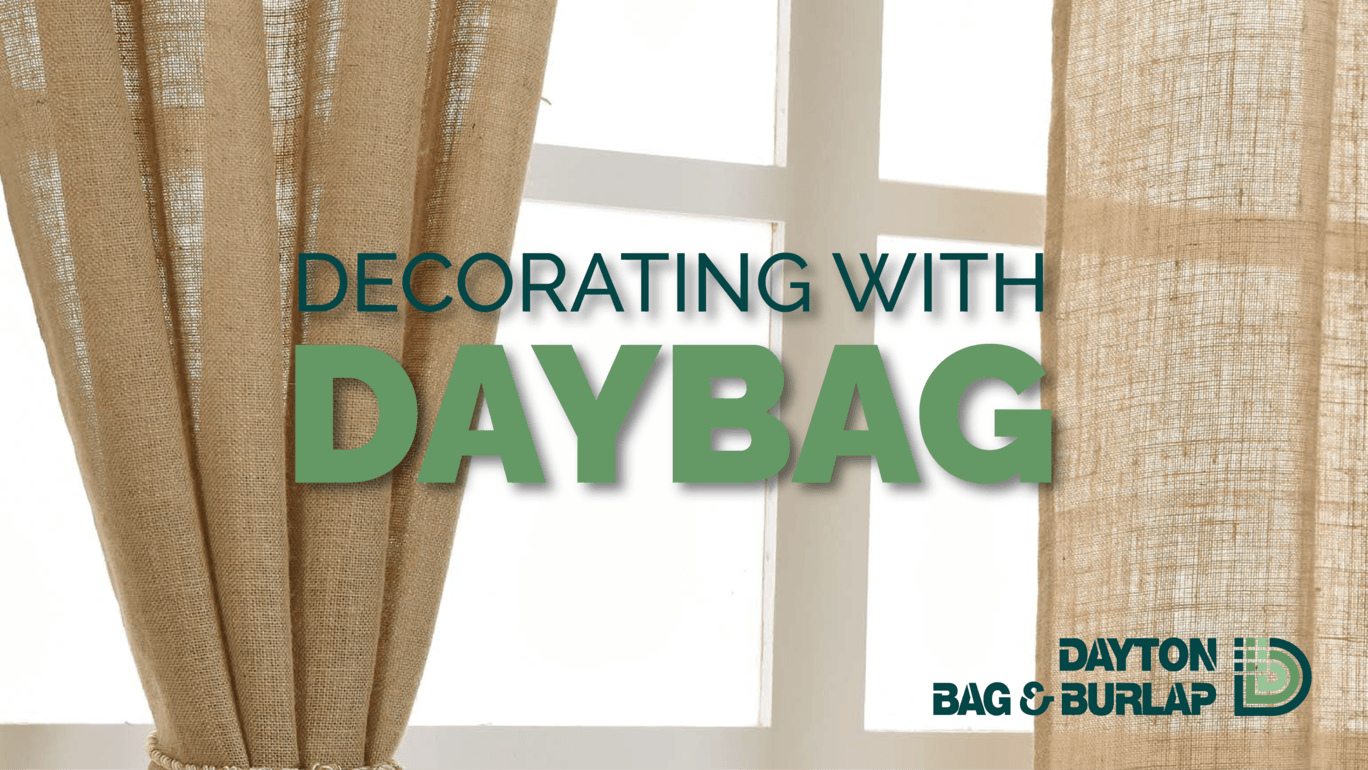FLOOD CONTROL - FLOOD PROTECTION: (PART 3)
Sandbags can be extremely helpful for redirecting floodwater and debris away from an area if used effectively.
When filling sandbags, be sure to only fill them slightly over halfway full, so that they’re at a manageable weight for handling. Sand is a great material for preventing seepage, but if it’s not readily available, silt can be used.
For an even more effective and durable sandbag, mix ten parts of sand with one part of cement. This mixture will create an even better sealant, though it is only effective when used with burlap sandbags.
Fold the top of the sandbag and place it under the sandbag. When placing sandbags, it’s important to place the folded end upstream or uphill to prevent them from opening and spilling.
When placing your sandbags, be sure to only place them two high, unless they’re against a building or structure for support, or if the sandbags are pyramided.
To divert the flow of the flood, place your sandbags parallel to the direction of the flood if possible, to limit the amount of damage to your sandbags and structures behind it.
Keep in mind that sandbags will deteriorate when exposed to continuous wetting and drying. Be sure to properly dispose of any sandbags exposed to flood waters when flooding has stopped.












